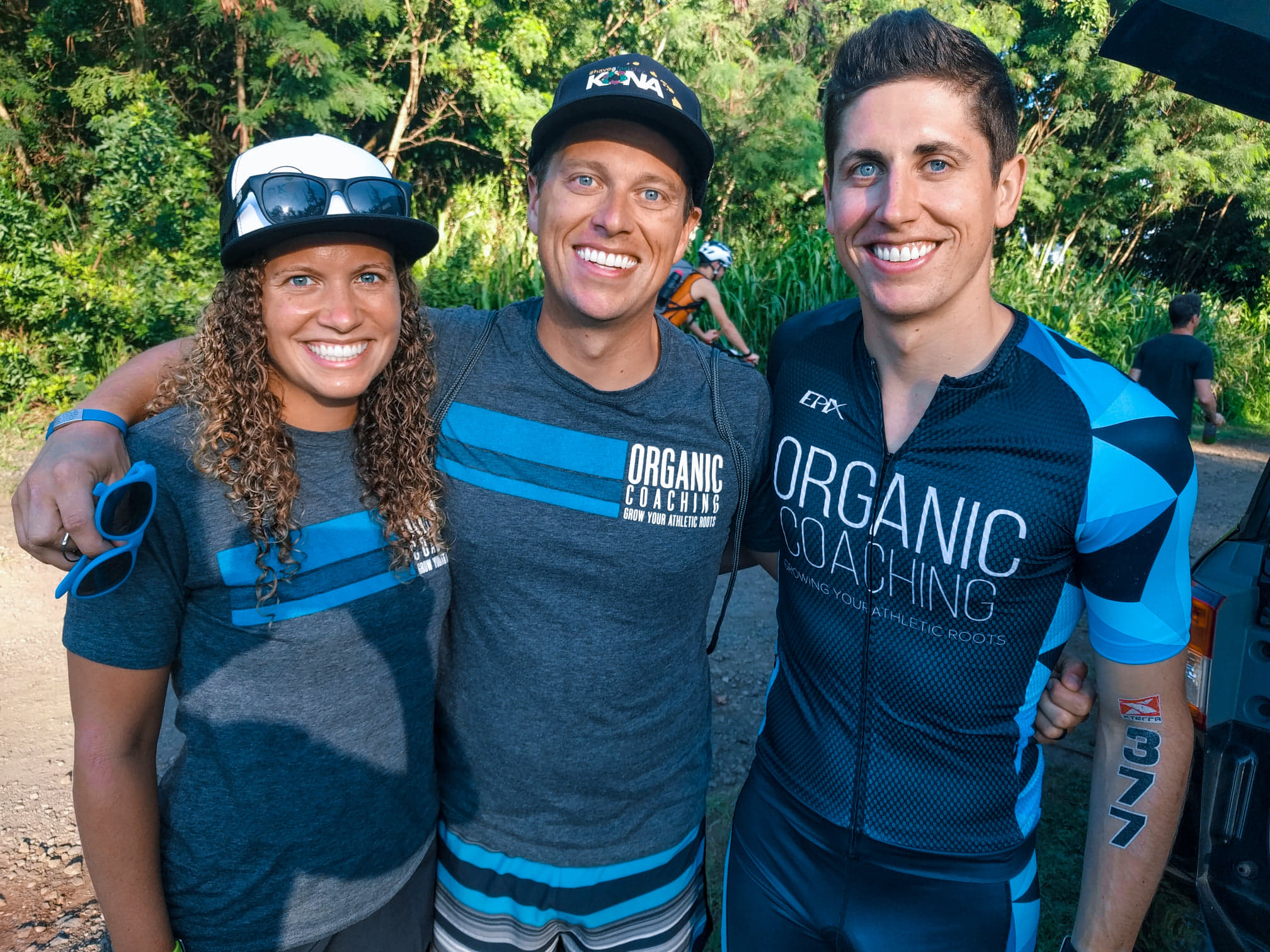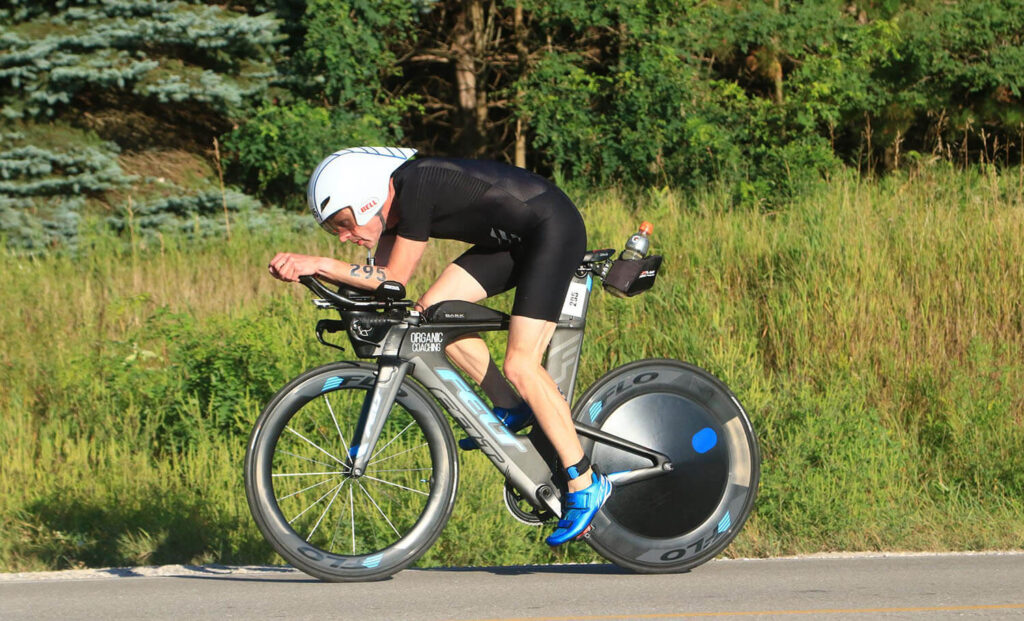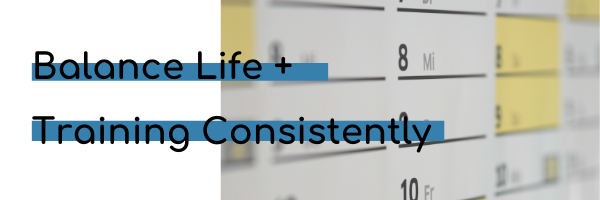

Training for any distance triathlon is no small task. From sprint distance to IRONMAN distance, it takes commitment, a plan, and daily training. With a proper training plan and a coach what and when is planned out for you. Yet what happens when the unexpected comes up? How to go about managing missed triathlon training sessions? When you are unable to get the session in as planned due to an unforeseen conflict from work running over, to an unplanned family event to getting stuck in traffic what do you do?

When working with a triathlon coach, the first step is communicating with your coach about the unexpected hurdle. Your coach will know the best move to ensure you stay on track and keep your training balanced. A coach gets to know you and your schedule. That athlete + coach relationship is an asset when planning training around a busy schedule. Often with proper notice in advance, these types of situations can be avoided completely.
When a day starts to go haywire on you and you find yourself short on time for a workout first evaluate how much time you do have. Shortening sessions to get something in is always better than nothing. Triathlon rewards consistency. Let’s say your training session called for a 60-minute bike with 3×10 minutes of Z3 work. Yet you find yourself with only 30 minutes to train. Instead of taking a zero on the training session – modify and complete! Be sure to give yourself a proper warm-up and cool down while still getting in one set of 10 minutes at Z3. Modifications like this ensure a quality workout while adjusting to the time you have.
Knowing how to tackle training when sort of time is one thing, yet what’s the best way to modify a training week when you miss a session? Here it’s important to remember one missed workout will not create fitness or wreak havoc on a whole race season. Fitness is built over time by consistently putting in work daily in pursuit of a goal. If you find yourself missing a session here and there due to unexpected circumstances just let it go and move on to the next session. Do not attempt to make up the session by stacking two or three workouts on the following day. This approach could lead to injury or burnout. Instead, let the session go and shift your focus to the next day’s planned training.
When obstacles come up it’s best to first evaluate how much time you have to train and if possible adjust the session to get something in instead of nothing. If the day will simply not allow for any time to train do not attempt to make up the sessions missed the following day by stacking missed workouts on top of the day’s planned workouts. Having a plan and being adaptable when things go haywire is your best bet to build long-term fitness in a triathlon.
READ MORE: WHY DO WE DO ZONE 1 AND ZONE 2 TRAINING AS A TRIATHLETE?

Carly and Tyler Guggemos built Organic Coaching in 2014 with a simple philosophy that works. The idea is to take what you have and grow it to get faster, fitter and stronger. And to do it with the time you have – not the time you wish you had.

For athletes who are ready to take their training to the next level while still thriving and succeeding in their professional and family life.
Copyright © 2024 Organic Coaching LLC